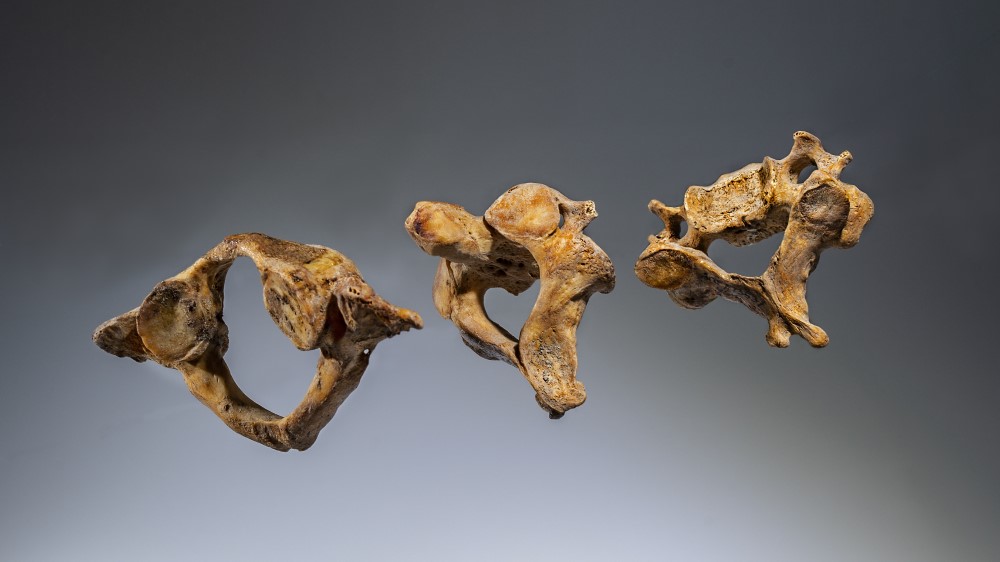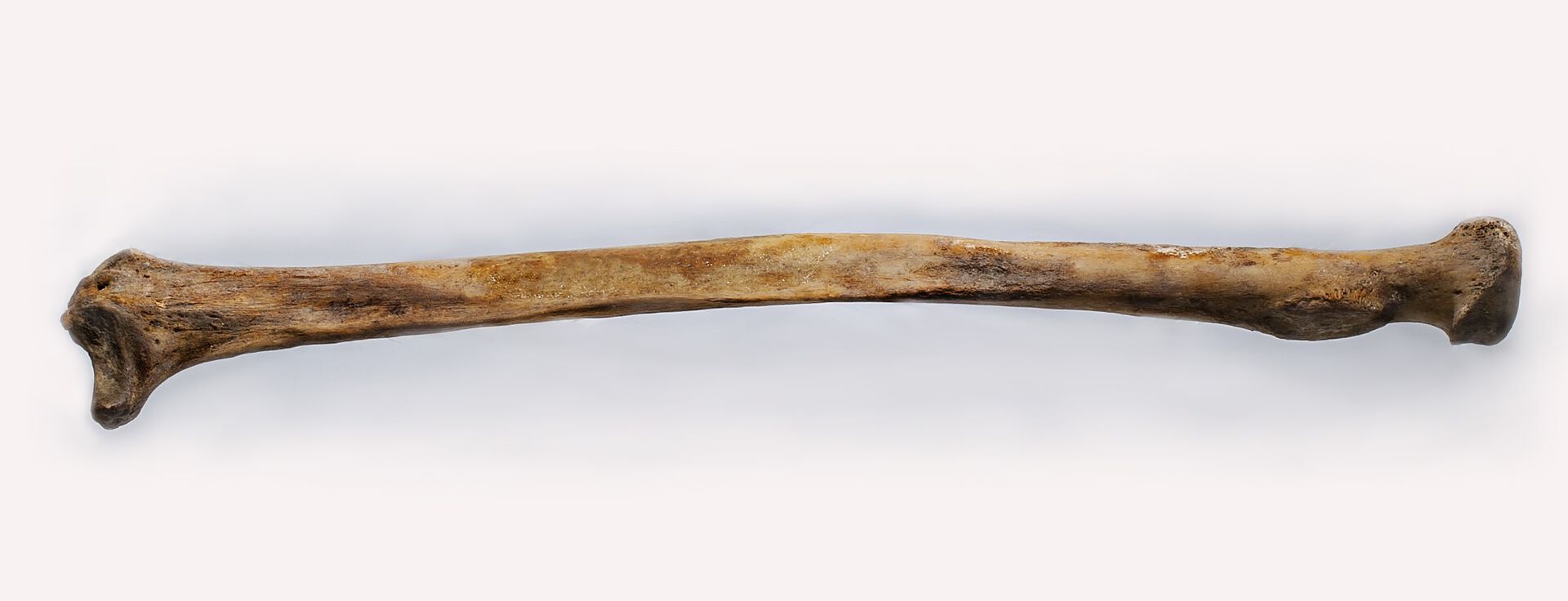The Biological Anthropology Collection at the University of Oslo comprises archaeological and historical human skeletal remains with related archival documentation. The remains can be dated from the Stone Age and up until the end of the 19th century.

About the collection
The collection of skeletal material was established in 1828, and is one of the largest of its kind in Europe. It includes around 8,000 catalogue entries of human remains.
Sami remains in the collection
Background information
Part of the Biological Anthropology Collection is defined as Sami through an evaluation of context, for instance regarding findspot location, grave types and associated grave goods.
The Sami remains in the Biological Anthropology Collection at the University of Oslo are managed by an agreement between the Sami Parliament and the university.
Questions and answers on the Sami section of the collection
Here you can find the answers to a number of questions about the Biological Anthropology Collection raised in connection with public meetings to discuss the future handling of Sami remains.
Frequently asked questions
Here you will find the answers to some of the most common questions people ask us. 
Ethics
Ethical standards have changed over time. What we perceive to be unethical today was not necessarily considered so at the time these human skeletal remains first came to the university.
Researchers are looking into different topics based on the collection. Read media clippings on for instance skeletons from the middle ages.

